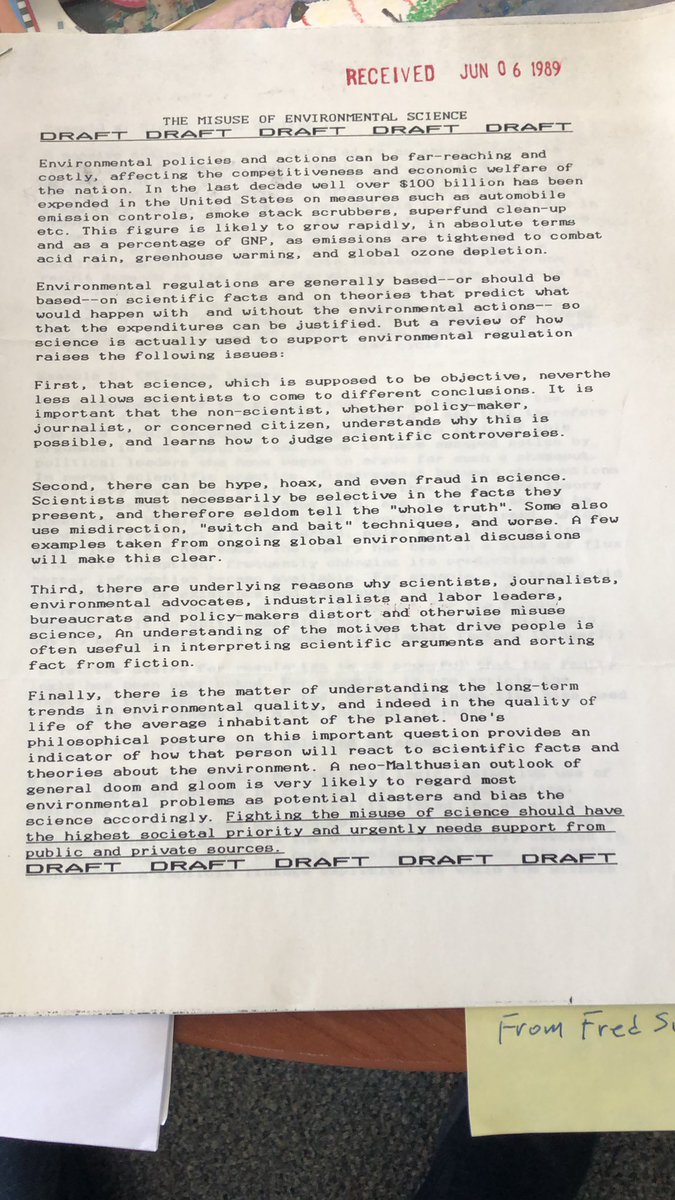
Carbon cycle feedback, anyone?
California’s Wildfires Had an Invisible Impact: High Carbon Dioxide Emissions nytimes.com/2021/09/21/cli…
California’s Wildfires Had an Invisible Impact: High Carbon Dioxide Emissions nytimes.com/2021/09/21/cli…
A carbon cycle feedback means that warming temperatures cause the release of more carbon dioxide (or other GHGs) and that this in turn causes more warming.
A warming climate leads to more forest fires, which release carbon into the atmosphere, is a classic carbon cycle feedback.
A warming climate leads to more forest fires, which release carbon into the atmosphere, is a classic carbon cycle feedback.
The other oft-discussed carbon cycle feedback is warming temperatures thawing permafrost, which then decays and releases GHGs into the atmosphere, leading to more warming.
I've tweeted about this before and described why it is so worrying. Read that thread.
https://twitter.com/AndrewDessler/status/1415375961307090950?s=20
There's no reason to think these carbon cycle feedbacks are important yet and no one really knows when they will become important. Let's hope it's not soon.
Important addendum:
https://twitter.com/Weather_West/status/1440714213253521423?s=20
• • •
Missing some Tweet in this thread? You can try to
force a refresh










